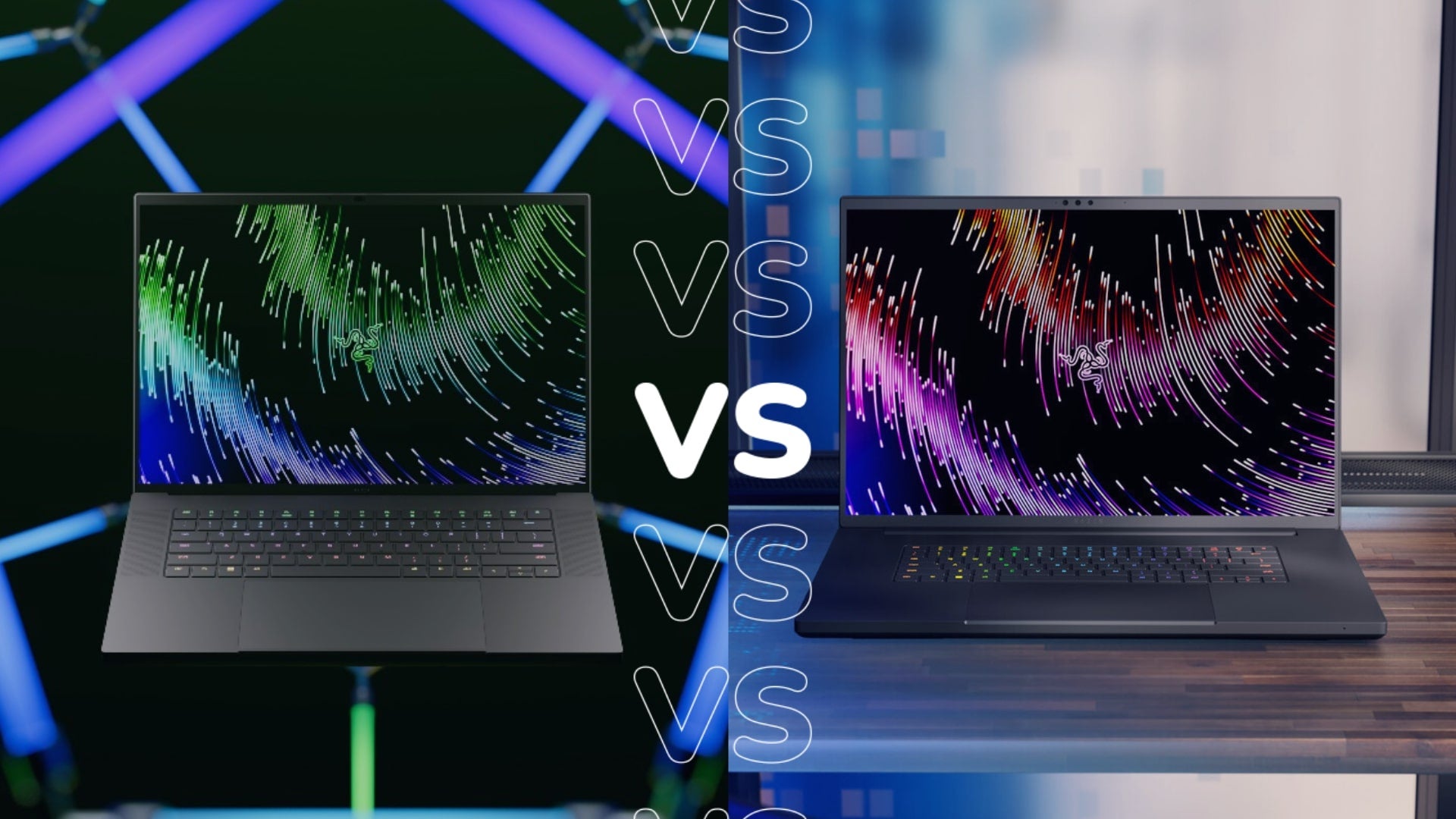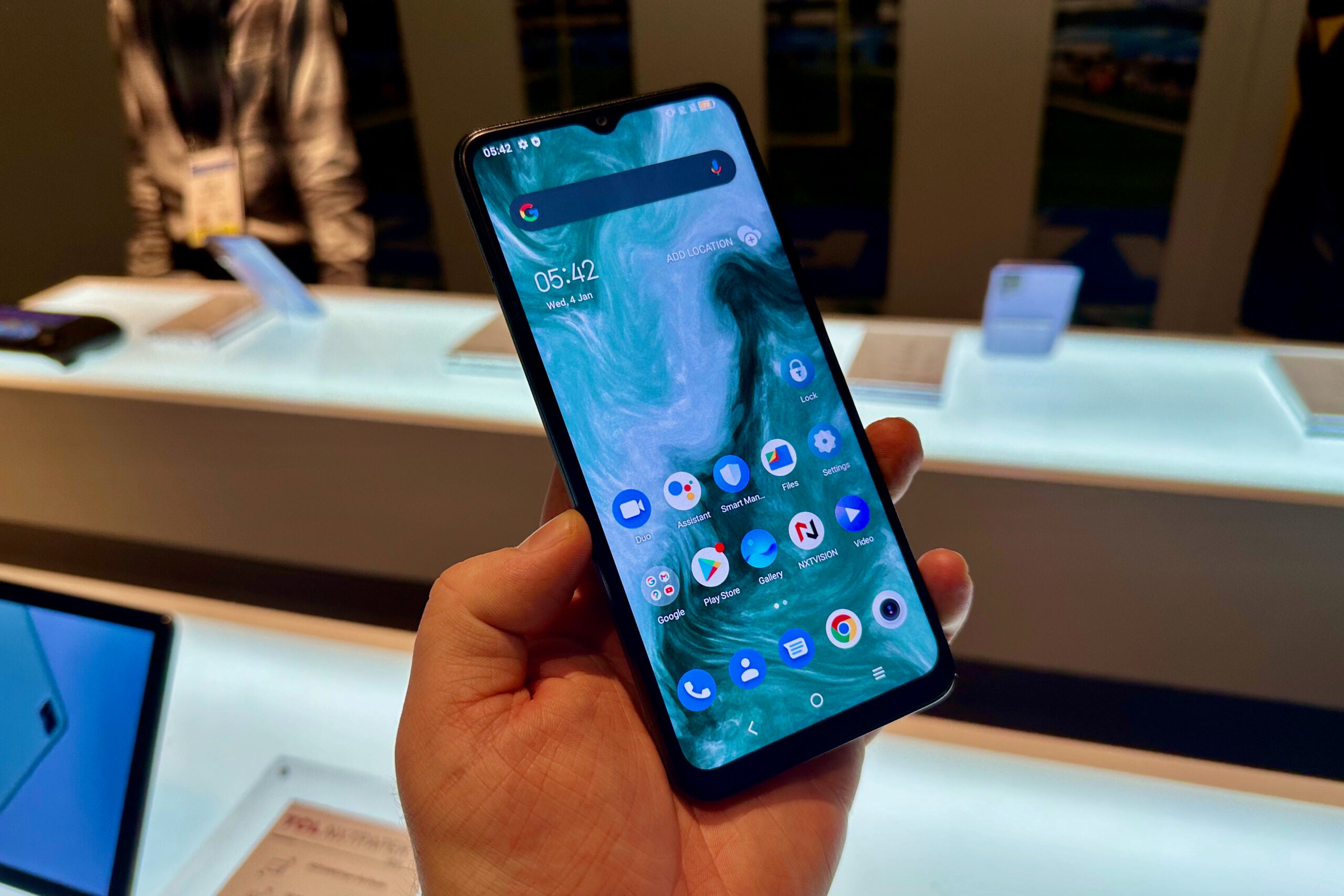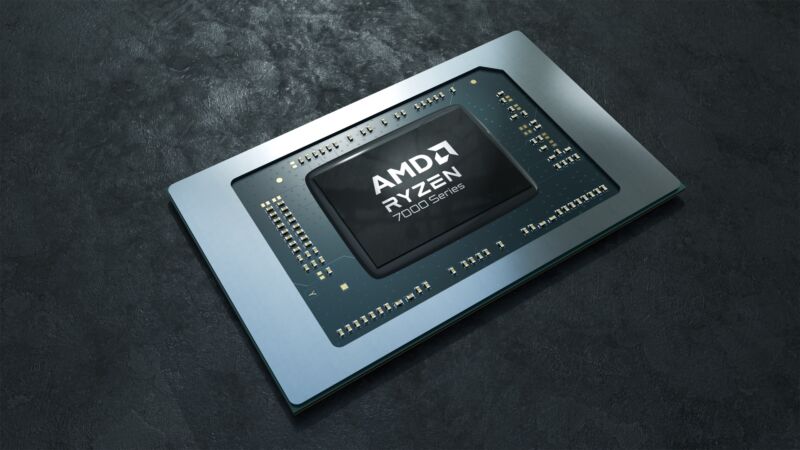Samsung S95B vs Samsung S95C: What’s the difference?
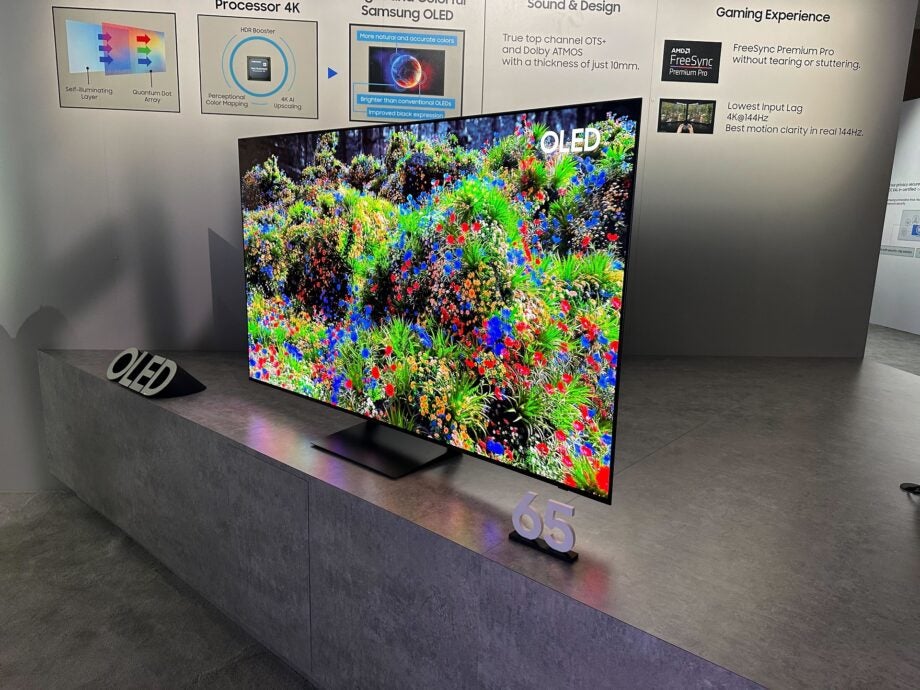
At CES 2023, Samsung announced its forthcoming QD-OLED TVs in the more affordable S90C and the premium S95C. How do these second-gen QD-OLEDs compare with the S95B?
The S95B was Samsung’s first attempt at a QD-OLED TV, a hybrid screen that featured Quantum Dot colour technology mixed with an OLED screen to produce higher peak brightness than traditional OLED panels for better contrast, wider range of colours and even better viewing angles.
It was, in our opinion, a mostly successful attempt, reaching a peak brightness in some contexts of over 1000 nits. But there were issues with the tuning of some of the picture modes; black levels were slightly inconsistent and some complained about the screen being too bendy and flexible.
So there’s room for improvement, and we’re hoping the S95C can hit an even higher level of performance to challenge the likes of Panasonic, LG and Sony in the OLED market. So what’s new and different about the Samsung S95C OLED TV?
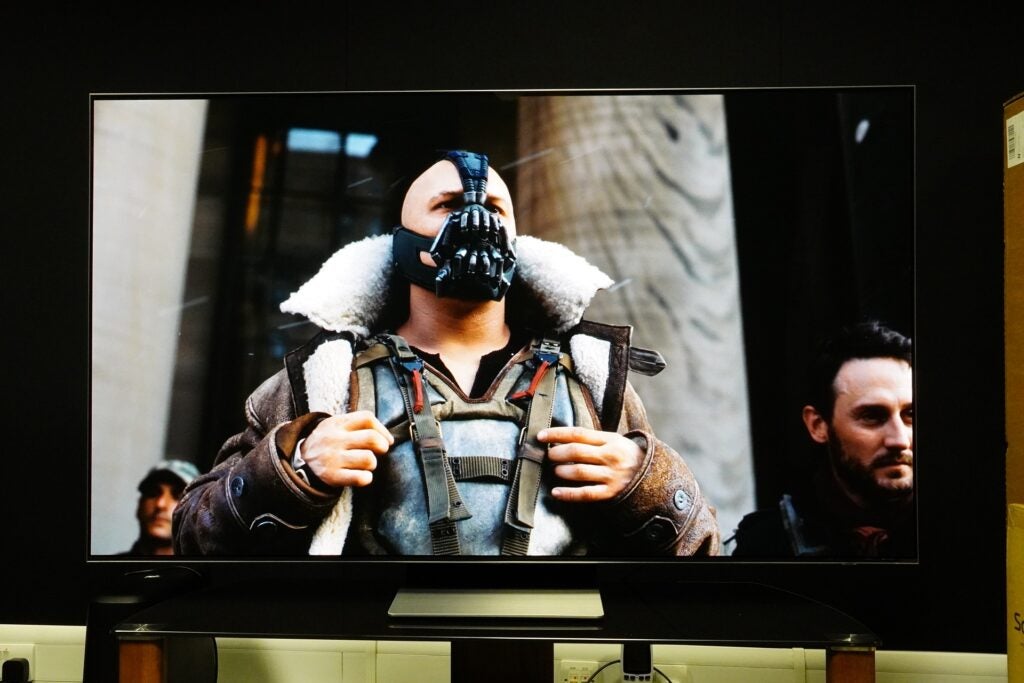
It comes in a bigger size
It was been rumoured since late 2022 that there was going to be a 77-inch QD-OLED coming to the market and that was confirmed at CES 2023.
A bigger size means more expense, but it does show that Samsung is able to fabricate its OLED screens at bigger sizes, and there is increasing demand for big-screen sizes in countries such as the US. A wider range of screens means more choice for the consumer with the option of 55-, 65- and now 77-inch QD-OLEDs.
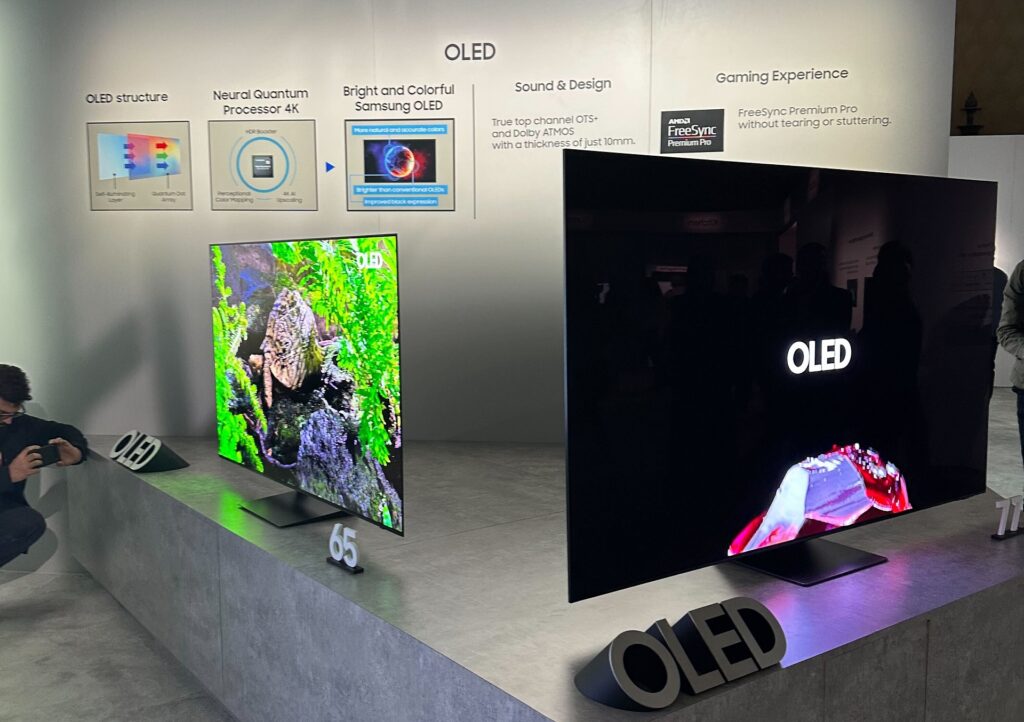
It’s brighter than the first-gen QD-OLED
Reports ahead of the S95C’s reveal speculated that it could hit 2000 nits of peak brightness, which would make it the brightest OLED on the market.
It turns out that it can hit that level of luminance but appears to come with a caveat in that 2000 nits of luminance is achieved at a particular colour temperature (according to HDTV Test, this is around 10,000 Kelvin). When calibrated to the industry standard D65 white point, the S95C is said to reach around 1300 nits, which is still an improvement over the S95B’s 1000 nits.
There’s 144Hz frame rate support for games
Samsung is placing an even bigger focus on gamers across its range of TVs with new features, and the QD-OLEDs will be getting a boost from 120Hz to 144Hz frame rates, which should have more of an impact on the smoothness and picture quality for PC gaming.
Samsung also mentioned that it will support AMD’s FreeSync Premium Pro VRR, making it the first OLED on the market to offer that level of VRR support from AMD. Samsung’s Neo QLEDs already support the Pro version.
Early Verdict
Details are few about the S95C after it broke cover at CES 2023, and as the new range of TVs won’t be going on sale until later this year, there are still a number of specs to be finalised.
That means we can’t come to a definitive verdict at this early stage, but what Samsung has chosen to reveal thus far suggests the second-gen QD-OLED could exceed the first-gen in terms of gaming performance, brightness and contrast.
We’ll be looking to go hands-on with the TV during CES ahead of fully reviewing the TV later in the year when it goes on sale.


